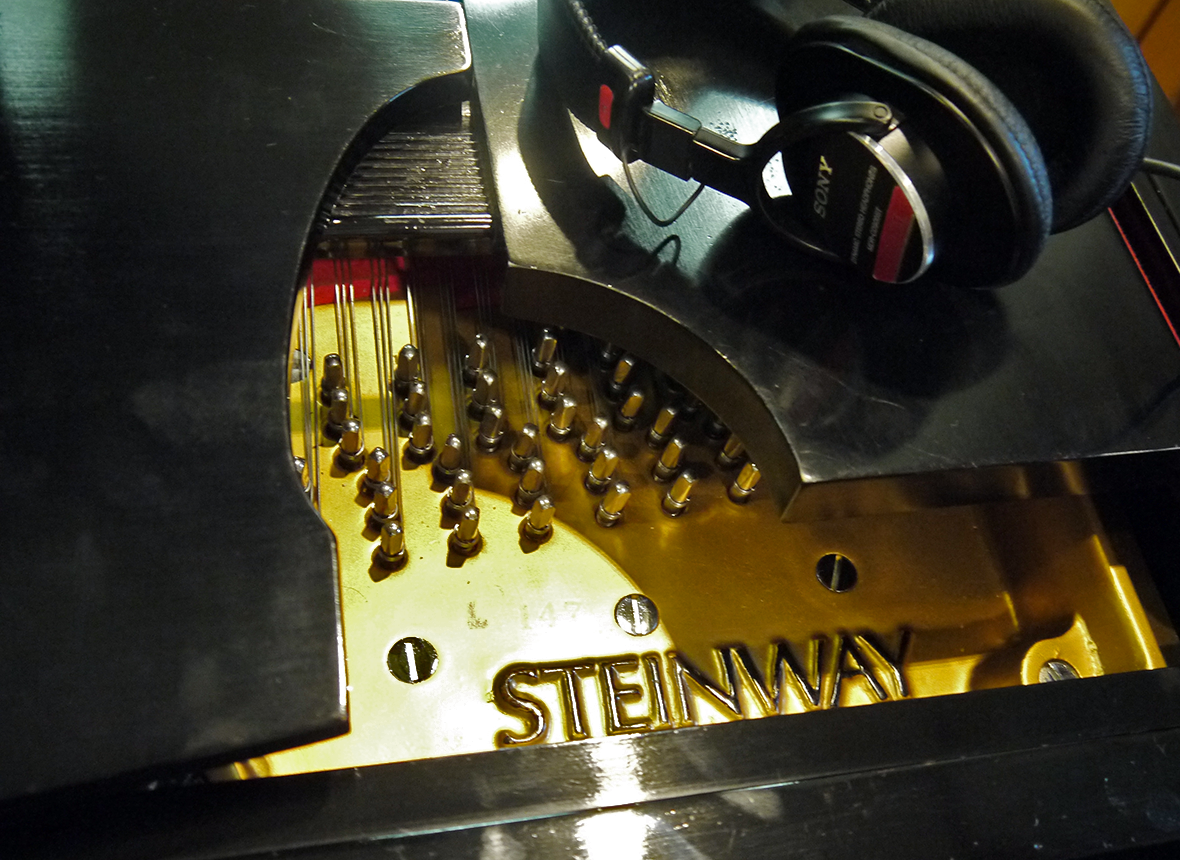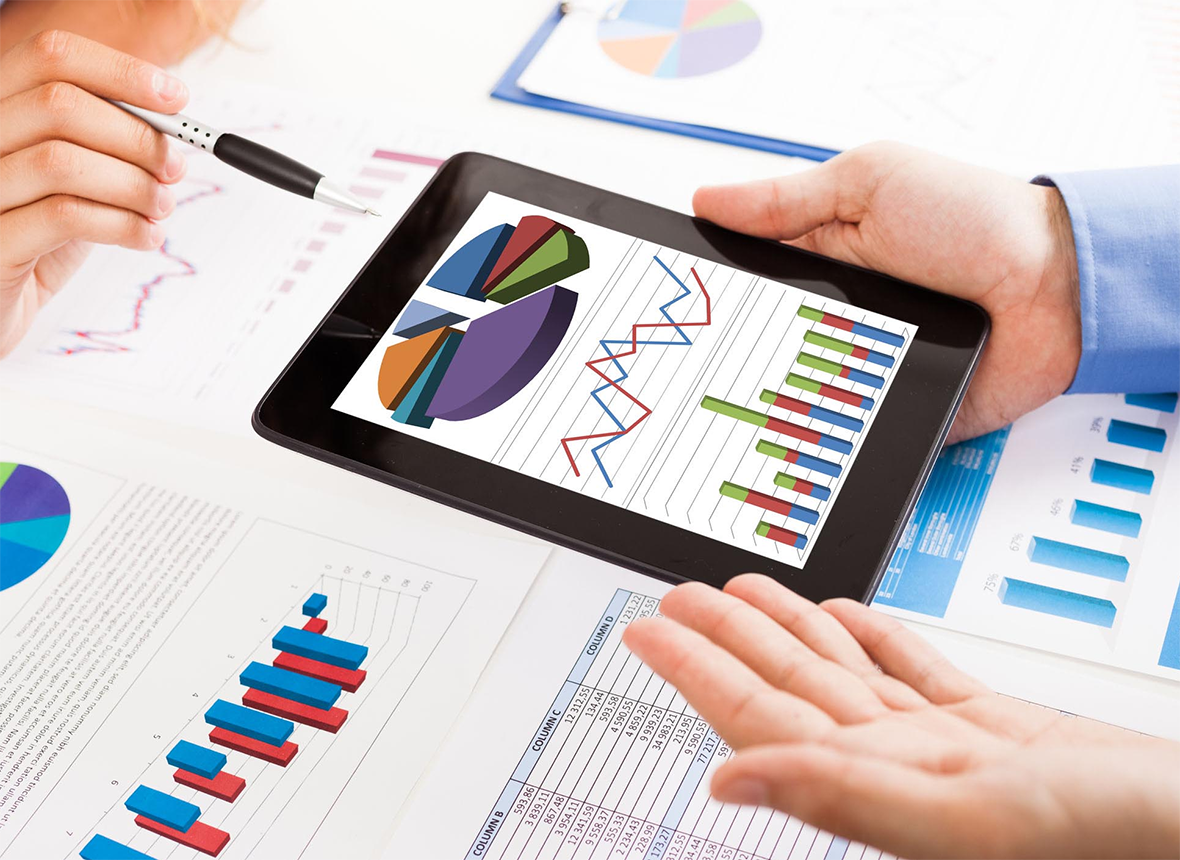Declining balance method definition
Technology assets that quickly become obsolete benefit from accelerated depreciation methods that acknowledge rapid value decline. In contrast, buildings and infrastructure with stable, long-term value delivery patterns align better with straight-line depreciation. Matching the depreciation pattern to the actual value consumption pattern improves financial statement accuracy. The units of production method how to make entries for purchase ties depreciation directly to asset usage rather than time, making it particularly suitable for machinery and equipment where wear correlates directly with production volume. This method calculates depreciation based on the actual output or usage of the asset during the accounting period. The straight-line method represents the most straightforward approach to calculating depreciation.
Using the declining balance method, the firm can match the high productivity with higher depreciation expenses initially, which then taper off as the equipment ages and requires more maintenance. From an accounting perspective, the straight-line method is often favored for its simplicity and predictability. It’s straightforward to calculate and apply, making it a go-to choice for many businesses.
Units of Production Depreciation
Table 4 has $4.5 million of farm asset purchases which is over the 2025 EE total phaseout limit. The current net taxable impact for Example 3 is $1.26 million ($3.6 million sale of traded assets minus $2.34 million first year depreciation deduction). This means that even though they spent $900,000 (trade difference), the first-year taxable income would increase $1.26 million. However, the remaining balance of the purchase price will come as a deduction using MACRS depreciation over five years. In order to determine double declining balance depreciation, you must first calculate the straight-line depreciation. So going back to our previous example, we calculated the current value of ABC Organization’s computers.
How Does the Double-Declining Balance Depreciation Method Work?
The next year, the depreciation would be calculated on the remaining $8,000, and so on. This reflects the server’s rapid obsolescence in the fast-moving tech industry. Choosing the optimal depreciation method involves more than mathematical calculations – it requires strategic thinking about business objectives, asset characteristics, and financial reporting goals. Several factors should influence this important decision to ensure the selected approach aligns with broader business strategies. Learn how to effectively apply declining balance depreciation methods and understand their tax implications compared to straight-line depreciation.
- Our Financial Close Software is designed to create detailed month-end close plans with specific close tasks that can be assigned to various accounting professionals, reducing the month-end close time by 30%.
- The next year, the depreciation would be calculated on the remaining $8,000, and so on.
- For each accounting period, the equation would stay the same except for the total number of units produced.
- It applies a depreciation rate that is twice the straight-line rate, leading to the highest depreciation expenses in the early years.
- For the first period, the book value equals cost and for subsequent periods, it equals the difference between cost and accumulated depreciation.
- If the company’s tax rate is 30%, this translates to a tax saving of $12,000 in the first year.
- As seen in the formula of declining balance depreciation above, the company needs the deprecation rate in order to calculate the depreciation.
Declining Depreciation vs. the Double-Declining Method
Let’s dive into what declining balance depreciation is, how it works, and why it might be the right choice for your business. The declining balance method is more difficult for the accountant to calculate. This means that it takes more accounting effort, and is also more prone to calculation errors. In addition, the result is unusually low asset carrying amounts, which can give the impression that a business is operating with a lower fixed asset investment than is really the case. An asset costing $20,000 has estimated useful life of 5 years and salvage value of $4,500. Calculate the depreciation for the first year of its life using double declining balance method.
How to Calculate Depreciation Expense for Your Business
Using the declining balance method at a rate of 40%, the first year’s depreciation would be $40,000, reducing the taxable income by the same amount. If the company’s tax rate is 30%, this translates to a tax saving of $12,000 in the first year. However, as the book value of the asset decreases, so does the depreciation expense and the corresponding tax saving, emphasizing the need for strategic tax planning. From a tax perspective, the declining balance method can be particularly advantageous for companies looking to maximize their cash flow in the short term. By reducing taxable income early on, companies can retain more cash for operational needs or investments.
AccountingTools
In short, this method assumes the same amount of yearly depreciation over the course of an asset’s useful life. Here is a quick rundown of the different types of depreciation and some practical examples of when you would use it. For more details on how to calculate depreciation using each method, check out this comprehensive guide on calculating depreciation with step-by-step instructions. That means depreciation expenses that should be charged to certain types of assets are high at first and then low subsequently.
- The last year’s depreciation is normally different from the NBV of the year before last year with scrap value.
- In the last year, ignore the formula and take the amount of depreciation needed to have an ending Net Book Value equal to the Salvage Value.
- A declining balance method is used to accelerate the recognition of depreciation expense for assets during the earlier portions of their useful lives.
- Also, this yearly rate of depreciation is usually in line with the industry average.
- Double Entry Bookkeeping is here to provide you with free online information to help you learn and understand bookkeeping and introductory accounting.
- When estimating assets’ net worth each year, we use this technique for a constant rate of depreciation.
- However, it requires careful consideration of the asset’s life and usage to apply correctly.
Some states conform to federal depreciation rules, while others have their own specific guidelines. This can complicate tax planning and compliance, requiring businesses to maintain detailed records and possibly use different depreciation methods for state and federal tax purposes. Consulting with a tax professional can help navigate these complexities and ensure that the chosen depreciation method aligns with both federal and state tax strategies. The choice between these methods can also affect a company’s financial ratios. For instance, using declining balance depreciation can lead to higher initial expenses, reducing net income and potentially affecting profitability ratios.
By understanding and applying this method, businesses can make informed decisions that reflect the true value of their assets over time. The case studies presented demonstrate the method’s versatility and its impact on different types of businesses, highlighting the importance of choosing the right depreciation strategy. Maintaining detailed fixed asset records with comprehensive documentation of all depreciation decisions helps avoid these issues while supporting accurate financial statements and tax compliance.
Unlike the straight-line method, which spreads the cost evenly, DDB front-loads the depreciation expense, resulting in higher expenses in the early years and lower expenses in the later years. The formula to calculate the DDB rate is 1n×2, where n is the estimated useful life of the asset. This method helps reduce taxable income and taxes owed in the initial years of the asset’s life. The declining balance method of depreciation is a system that results in a faster depreciation rate in the early years of an asset’s life, reflecting the notion that many assets are most useful when they are new. This accelerated depreciation method is particularly relevant for assets that quickly lose their value or become how and when to file an extension on business taxes obsolete, such as technology or vehicles. By front-loading the depreciation expenses, businesses can better match their revenue generation with the expenses incurred to generate that revenue.
However, with usage-based depreciation, the company could adjust the depreciation rate based on the number of smartphones produced, which can fluctuate with market demand. One frequent error involves incorrect estimation of useful life or salvage value. Unrealistically long useful life estimates artificially reduce annual depreciation expenses, potentially overstating profits and assets. Conversely, overly conservative estimates may unnecessarily reduce reported earnings. Regular reassessment of these estimates helps maintain accuracy as new information becomes available about asset performance and market conditions. This method is perfect for assets that lose value quickly, like tech gadgets.
Terms Similar to the Declining Balance Method
Suppose you purchase an asset for your business for $575,000 and you expect it to have a introduction to financial and managerial accounting life of 10 years with a final salvage value of $5,000. You also want less than 200% of the straight-line depreciation (double-declining) at 150% or a factor of 1.5. All methods of depreciation can affect a business’s tax picture and taxes owed. They are the straight-line method, the diminishing balance method, and the units of production method.
How do you calculate the double declining balance depreciation rate?
The annual straight-line depreciation expense would be $2,000 ($15,000 minus $5,000 divided by five) if a company shells out $15,000 for a truck with a $5,000 salvage value and a useful life of five years. Employing the accelerated depreciation technique means there will be lesser taxable income in the earlier years of an asset’s life. Table 2 shows purchases of farm assets totaling $1 million which qualifies for the full EE deduction, and no bonus depreciation is needed.
She holds a Bachelor of Science in Finance degree from Bridgewater State University and helps develop content strategies.







